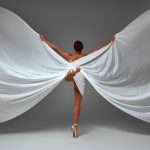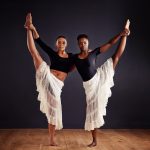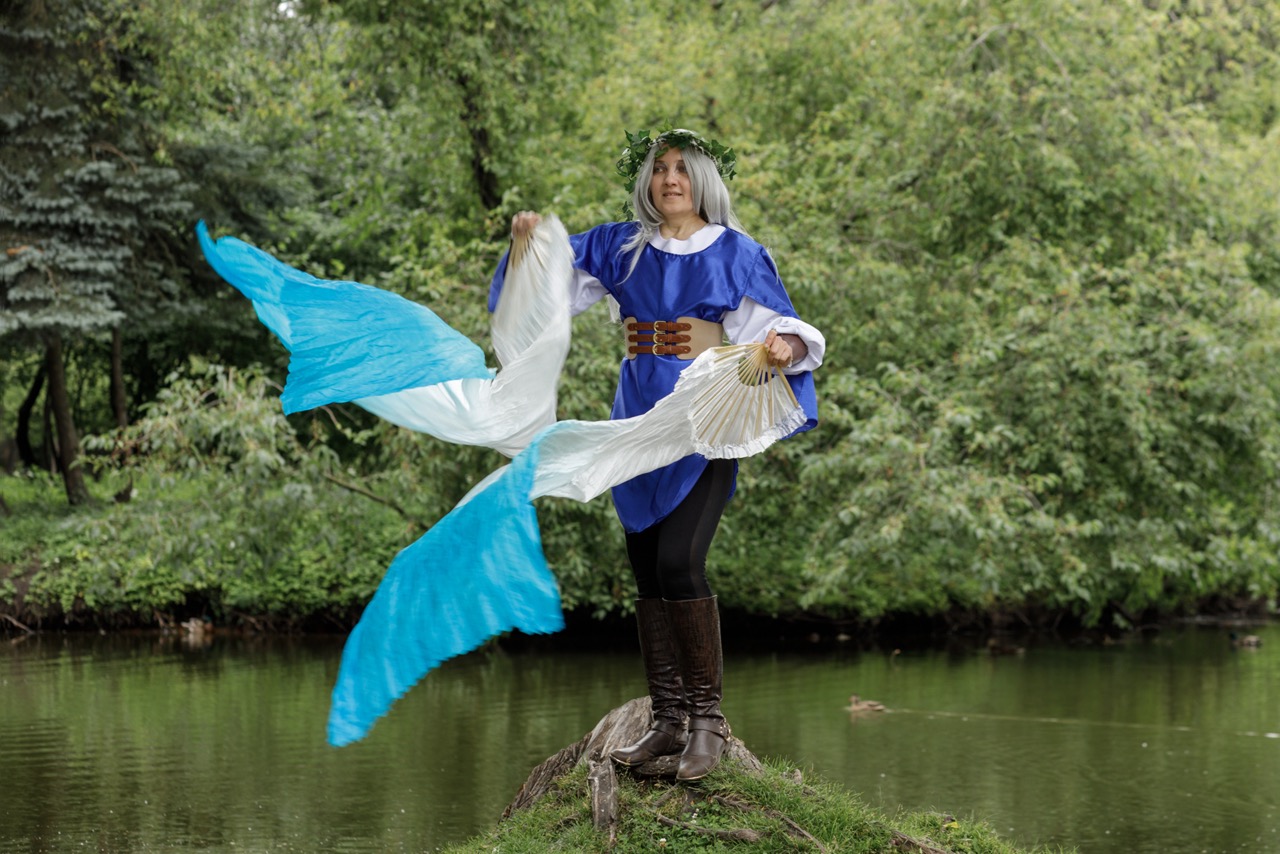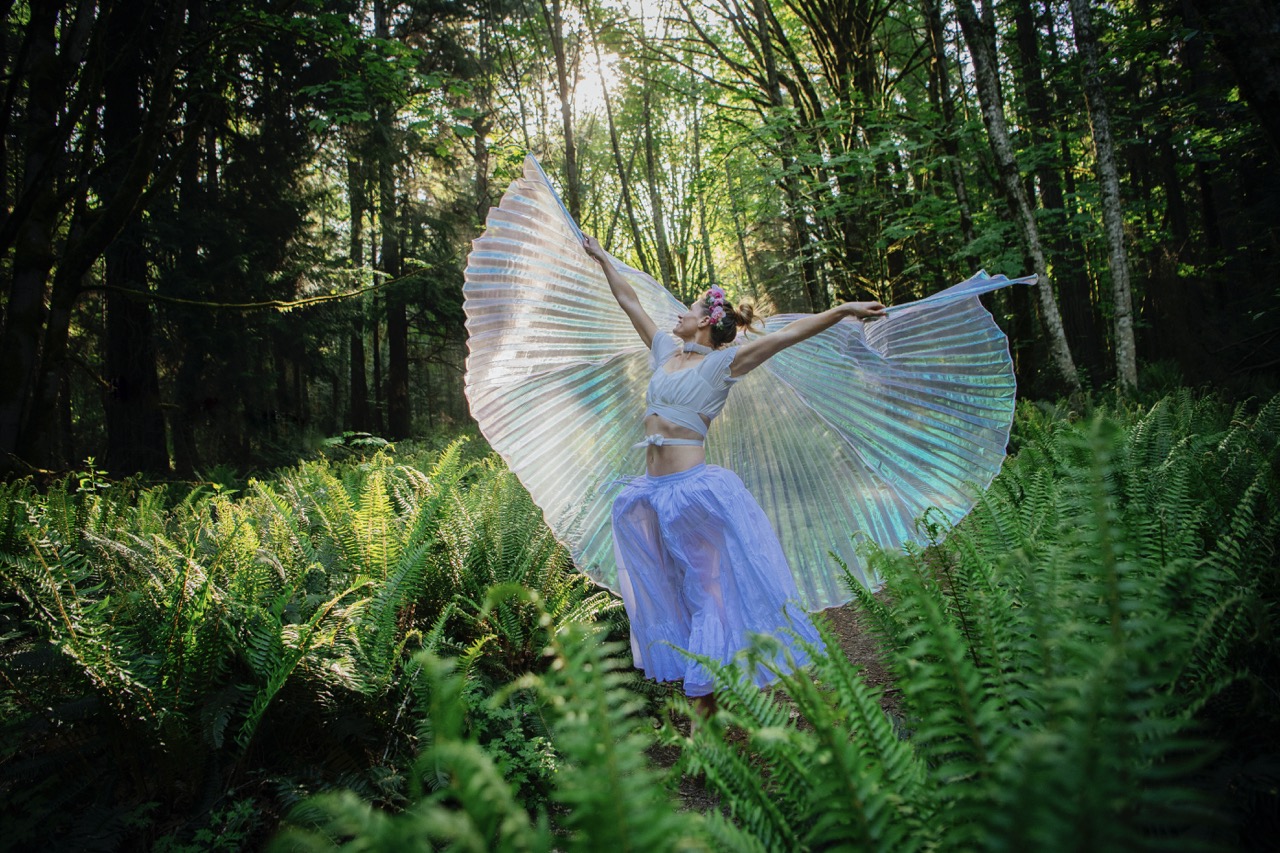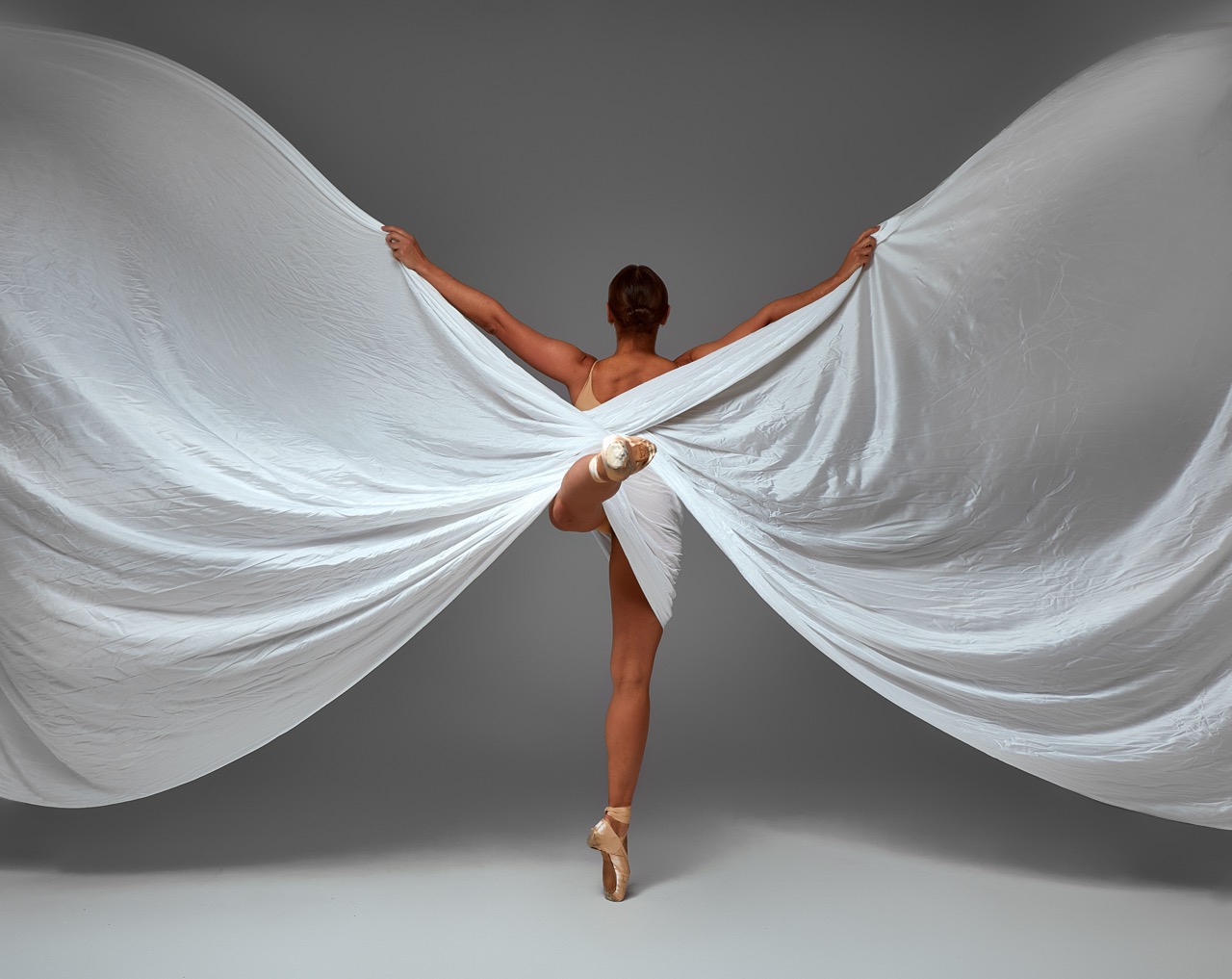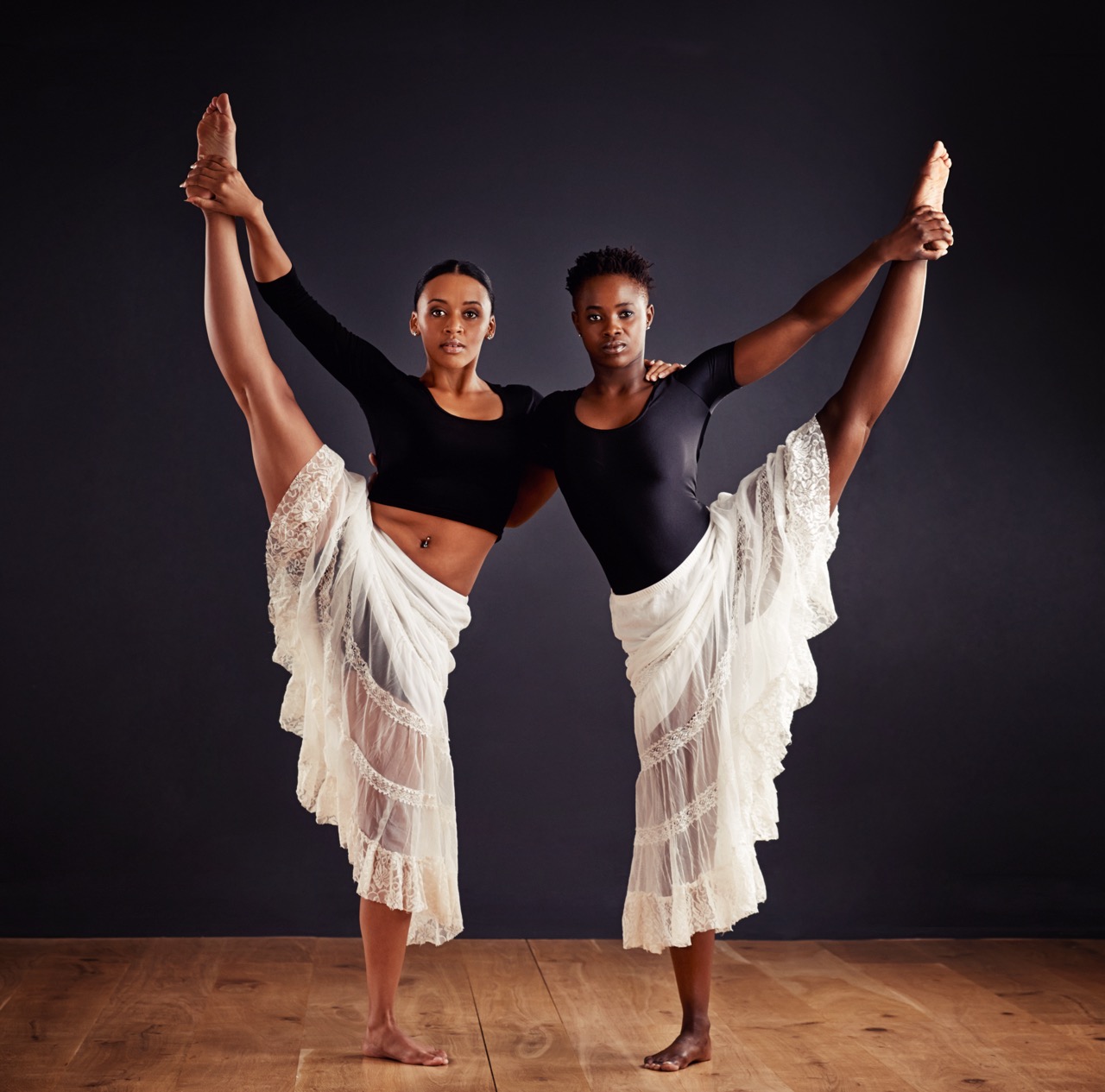In the world of dance, performance costumes serve as more than just garments; they are vital tools that enhance the storytelling and emotional depth of the choreography. Among the various elements that contribute to the aesthetic allure of dance attire, dance wings stand out as a transformative accessory. These flowing panels of fabric not only add visual drama but also elevate the artistic expression of the performance. This article explores the significance of dance wings in performance costumes, highlighting their transformative power, artistry, emotional expression, and practical benefits.
The Transformative Power of Dance Wings in Performance
Dance wings possess a unique ability to alter the visual landscape of any performance. When a dancer moves, the wings create a mesmerizing spectacle that captivates audiences, drawing their attention and guiding their emotional response to the choreography. These fabric extensions can dramatically change the silhouette of a dancer, adding layers of complexity to their movements. With every twirl and leap, the wings simulate the feeling of flight and freedom, enhancing the ethereal quality of the performance.
Moreover, dance wings can transform a simple costume into an extraordinary ensemble. By incorporating different colors, textures, and styles of wings, choreographers can imbue their performances with specific themes or emotions. From the delicate flutter of butterfly wings to the bold, sweeping movements of angelic wings, the choice of design can convey powerful narratives and character traits, making the dancer’s portrayal more impactful. This versatility allows for a broader range of artistic expression, ensuring that each performance resonates with audiences on many levels.
The impact of dance wings extends beyond aesthetics; they also serve to unify the dancers within a group performance. When used collectively, wings can create a synchronous visual effect that enhances the overall choreography. This sense of unity is crucial in ensemble pieces, where the harmony of movement is essential to delivering a coherent narrative. Thus, the transformative power of dance wings lies not only in their ability to elevate individual dancers but also in their capacity to enhance group dynamics, leading to a more cohesive and stunning performance.
Elevating Costumes: The Artistry of Movement and Fabric
The artistry involved in designing dance wings is a reflection of the intricate relationship between movement and fabric. Designers often experiment with various materials—like silk, chiffon, and organza—to find the perfect balance between weight and flow. The choice of fabric greatly influences how the wings behave in motion; lighter materials tend to catch the air beautifully, creating a sense of buoyancy and grace, while heavier fabrics may offer more structure and stability. This careful consideration of material ensures that the wings complement the dancer’s movements rather than hinder them.
Additionally, the colors and patterns of dance wings can further enhance the costumes, allowing designers to create a visual narrative that aligns with the performance theme. Patterns can evoke specific imagery or moods, providing a backdrop against which the dancer’s skill can shine. For example, vibrant, colorful wings may evoke feelings of joy and exuberance, while more muted, earthy tones may convey themes of melancholy or introspection. This artistic layering of fabric, color, and design elevates the overall aesthetic of the performance, allowing the audience to engage visually and emotionally with the story being told.
In the realm of dance, where every detail matters, the integration of wings into costumes exemplifies the synergy of artistry and practicality. Designers and choreographers work hand-in-hand to ensure that costume elements like dance wings not only enhance the beauty of movement but also serve the dancers’ expressive needs. This collaborative approach fosters an environment where creativity flourishes, allowing for innovative costume designs that speak volumes without uttering a single word.
Expressing Emotion: Dance Wings as Performance Enhancers
Dance is fundamentally an emotional medium, and dance wings serve as powerful conduits for this expression. As dancers move through space, the wings can accentuate their emotional state, mirroring feelings of joy, sorrow, freedom, or tension. For instance, a dancer portraying a character in a state of euphoria may utilize expansive, sweeping movements with their wings to convey an overwhelming sense of liberation. In contrast, when depicting a more somber emotion, the wings may be drawn closer to the body, creating a visual representation of confinement or struggle.
In addition to enhancing emotional expression, dance wings can serve as a storytelling device. When incorporated into choreographed sequences, the wings can symbolize transformation or transition, representing a character’s journey throughout the performance. The use of wings to signify change—whether it be a metamorphosis into something beautiful or the shedding of burdens—adds layers of depth to the narrative, inviting the audience to connect with the dancer on a more profound level. This storytelling aspect amplifies the effectiveness of the choreography, making the performance not just an exhibition of technical skill, but a compelling tale that resonates with viewers.
Furthermore, the dynamic interplay between the dancer’s movements and the wings creates a visual rhythm that complements the music. Each flutter and wave can be choreographed to align with musical crescendos or softer melodic phrases, enhancing the overall sensory experience for the audience. In this way, dance wings become a vital tool for emotional expression, elevating the performance from mere movement to an immersive experience that captures the hearts and minds of those watching.
Practical Benefits: Functionality Meets Aesthetic Appeal
While dance wings are undeniably beautiful, they also offer practical benefits that enhance a dancer’s performance. The added fabric can help to create a sense of space, allowing dancers to fill the stage in a way that may not be possible with traditional costume designs. This can be particularly advantageous in large venues where a dancer’s movements might otherwise appear small or insignificant. By incorporating wings, dancers can create striking visual moments that engage and captivate the audience.
In terms of functionality, dance wings can also serve to aid in the execution of certain movements. For example, the wings can provide additional lift during jumps or leaps, creating the illusion of flight. This added support can bolster a dancer’s confidence as they perform challenging choreography, allowing them to push their limits and embrace bold movements with a sense of security. This fusion of aesthetics and practicality ensures that dancers can express themselves freely while feeling supported by their costumes.
Moreover, the maintenance and versatility of dance wings make them a practical choice for performers. Many designs can be easily folded or collapsed for storage and transport, making them convenient for dancers who travel for performances. Additionally, they can often be adapted for various styles of dance, allowing one set of wings to be used across multiple productions. This adaptability not only provides cost-effectiveness for dance companies but also encourages creativity among performers, as they can explore different interpretations and styles without needing to invest in entirely new costumes.
In conclusion, dance wings are more than just a decorative addition to performance costumes; they are essential components that transform both the visual and emotional dimensions of dance. Through their transformative power, artistic design, emotional expression, and practical benefits, wings enhance the storytelling and overall impact of a performance. As dance continues to evolve, the incorporation of dance wings will undoubtedly remain a vital aspect of costume design, ensuring that each performance is both strikingly beautiful and profoundly expressive. The next time you witness a dance performance, take a moment to appreciate the artistry and significance of dance wings—elements that truly elevate the experience for both the dancer and the audience.


